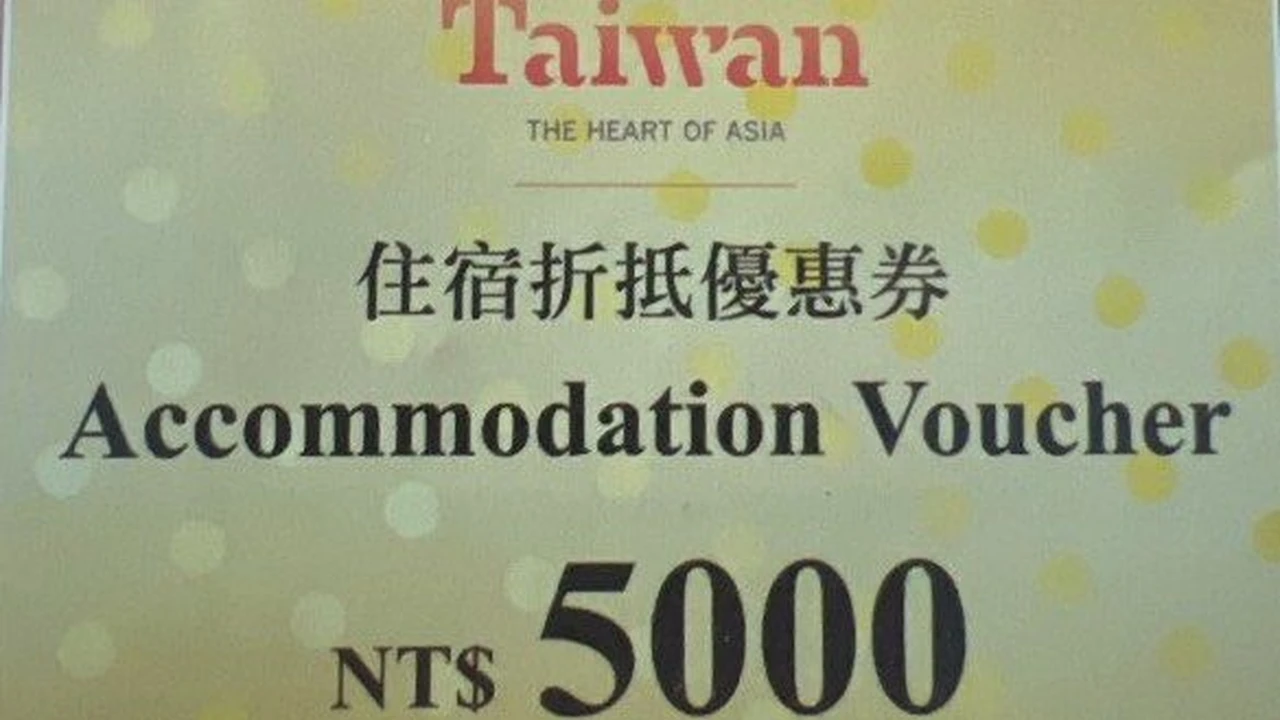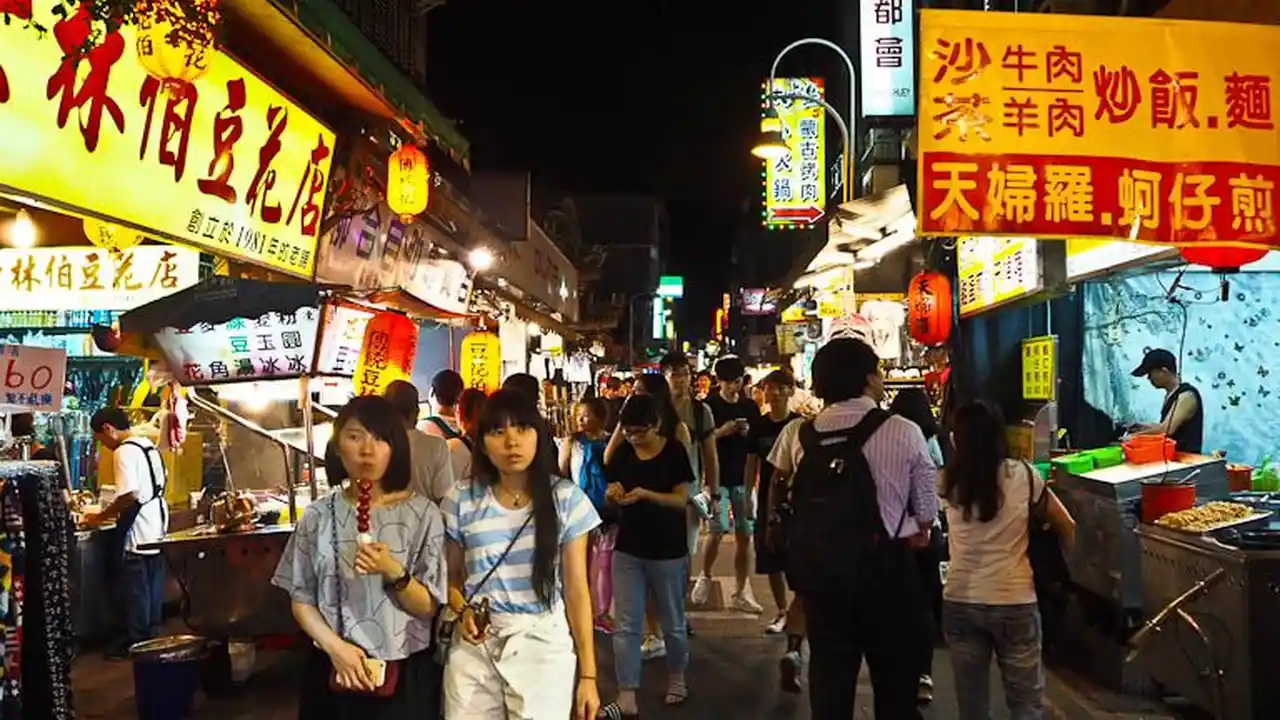Taiwanese Funerals: Customs and Mourning Rituals
Sample meta description.

Understanding Taiwanese Funeral Traditions Culture and Customs
Hey everyone! Ever been to a Taiwanese funeral? It's quite an experience, a real deep dive into Taiwanese culture and traditions. It’s way more than just saying goodbye; it’s a complex series of rituals and customs designed to honor the deceased and ensure their smooth passage to the afterlife. Let's break it down, shall we?
The Wake Keeping Vigil Honoring the Deceased
So, after someone passes, the wake (守靈, shǒu líng) begins. This isn't just a somber gathering; it’s a multi-day vigil where family and friends keep watch over the body. The body is usually placed in a coffin, often elaborately decorated, and displayed in the family home or a designated funeral parlor. The idea is to keep the spirit company and protect it from any wandering evil spirits. Think of it as a spiritual bodyguard detail!
During the wake, you’ll see a lot of activity. Family members will be dressed in mourning clothes – usually white or black – and will be constantly burning incense and offering food to the deceased. There’s also chanting of Buddhist or Taoist scriptures, performed by monks or hired professionals. This chanting is believed to guide the spirit and help it find its way to the next life.
Mourning Clothes and Colors Significance in Taiwanese Funerals
Speaking of clothes, the color of mourning attire is super important. White is the most common color, symbolizing purity and grief. Different shades and materials can signify the relationship to the deceased. For example, sons might wear rough burlap, while daughters might wear white with a touch of black. Grandchildren might wear yellow. The idea is to visually represent the family hierarchy and the degree of mourning. It's like a wearable family tree of grief!
Funeral Processions Music and Symbolic Offerings
The funeral procession (出殯, chūbìn) is a spectacle. It’s a parade of sorts, leading the coffin from the wake location to the cremation site or burial ground. This isn't a quiet, somber affair. Often, there’s loud music, hired mourners wailing, and even lion dancers or other performers. The idea is to create a lively, attention-grabbing event that announces the passing of the deceased to the community and to the spirits.
Along the way, the procession might stop at significant locations, like the deceased's workplace or favorite hangout spots. This allows the spirit to say a final goodbye to familiar places. Family members will also scatter paper money (冥紙, míngzhǐ) along the route. This "spirit money" is meant to bribe any wandering ghosts or demons that might try to hinder the spirit's journey.
Cremation Burial and Post Funeral Rituals Honoring Ancestors
After the procession, the body is either cremated or buried. Cremation is becoming increasingly common due to space constraints in Taiwan. After cremation, the ashes are usually placed in an urn and interred in a columbarium or family tomb. Burial practices vary depending on the family's beliefs and traditions.
But the rituals don't end with the cremation or burial. There are post-funeral ceremonies that can last for weeks or even months. These ceremonies involve continued offerings, chanting, and prayers for the deceased. Family members might also consult with a Taoist priest or geomancer to ensure the proper placement of the ashes or tomb, ensuring good fortune for the family.
Products for Taiwanese Funerals Recommendations and Pricing
Okay, let's talk about some specific products used in Taiwanese funerals. This is where things get interesting, and a little pricey.
Incense Sticks and Holders Spiritual Communication
Incense is HUGE. It's used throughout the wake and post-funeral rituals to communicate with the spirit world. You'll need lots of it. Think of it as sending spiritual emails to the deceased. Prices range from a few dollars for a small bundle of basic incense to hundreds of dollars for high-quality, fragrant varieties. Product Recommendation: Consider sandalwood incense sticks for a calming and respectful aroma. A basic holder can be found for around $5, while ornate, handcrafted holders can cost upwards of $50. Usage Scenario: Burning incense daily at the ancestral altar or during memorial services.
Paper Money (冥紙) Bribing Spirits and Ensuring Safe Passage
As mentioned earlier, paper money is essential for bribing spirits. There are different types of paper money, each with varying denominations and uses. Some are meant for general use, while others are specifically for certain deities or spirits. You can buy stacks of paper money for a few dollars. Product Recommendation: Gold and silver foil paper money is commonly used. Look for bundles that are pre-folded for easy burning. Usage Scenario: Burning paper money during the funeral procession and at the gravesite to ensure the deceased's safe passage to the afterlife. You can typically get a large bundle for around $10-$20.
Mourning Clothes Showing Respect and Grief
The traditional mourning clothes are white or black, but the specific materials and styles can vary. Renting is a common option, especially for those who don't want to keep the clothes afterward. Renting a full set of mourning clothes can cost around $50-$100. Product Recommendation: If you prefer to buy, consider simple white cotton clothing. Avoid elaborate designs or embellishments. Usage Scenario: Wearing mourning clothes throughout the wake and funeral procession to show respect for the deceased. A simple white cotton outfit can be purchased for around $30-$50.
Funeral Flowers Floral Tributes and Sympathy
Flowers are also a common sight at Taiwanese funerals. White chrysanthemums and lilies are popular choices, symbolizing purity and sympathy. A large floral arrangement can cost anywhere from $100 to $500, depending on the size and complexity. Product Recommendation: Opt for a simple arrangement of white chrysanthemums and lilies. Add some greenery for visual appeal. Usage Scenario: Displaying floral arrangements at the wake and funeral service as a sign of respect and sympathy. A decent sized arrangement will set you back about $150-$300.
Funeral Lanterns Guiding the Spirit and Providing Light
Lanterns are used to guide the spirit of the deceased. Traditionally, white lanterns are used, but you may also see lanterns with calligraphy or images of deities. A simple paper lantern can cost around $10, while more elaborate lanterns with intricate designs can cost upwards of $100. Product Recommendation: Choose a simple white paper lantern with a handle for easy carrying. Usage Scenario: Carrying the lantern during the funeral procession to guide the spirit to its final resting place. A basic paper lantern costs around $10-$20.
Comparing Funeral Products Quality and Price
When choosing these products, quality matters. Cheaper incense might produce unpleasant smoke, and flimsy paper money might burn too quickly. It's worth spending a little extra for higher-quality items. Also, consider the environmental impact. Opt for incense made from sustainable materials and paper money made from recycled paper.
As for price comparison, shop around! Funeral homes often offer packages that include these items, but you can often find better deals by purchasing them separately from specialized shops or online retailers. Don't be afraid to haggle, especially when buying in bulk. Remember, it's not just about the price; it's about the intention and respect behind the offering.
Additional Considerations for Taiwanese Funerals
One last thing: Taiwanese funerals are deeply personal and vary from family to family. The best approach is to be respectful, observe the customs, and ask questions if you're unsure about something. It's a time for mourning, remembrance, and honoring the deceased, and your presence and support will be greatly appreciated.
So, there you have it! A little peek into the world of Taiwanese funerals. It’s a complex and fascinating blend of tradition, spirituality, and family. Hope this helps you understand a little bit more about this important aspect of Taiwanese culture!
:max_bytes(150000):strip_icc()/277019-baked-pork-chops-with-cream-of-mushroom-soup-DDMFS-beauty-4x3-BG-7505-5762b731cf30447d9cbbbbbf387beafa.jpg)





